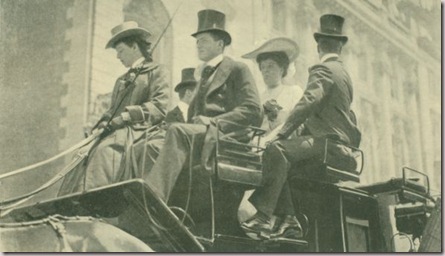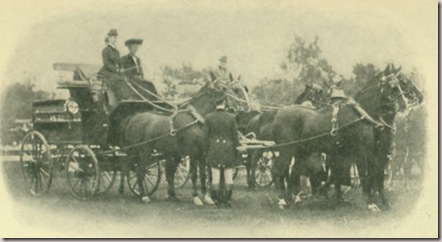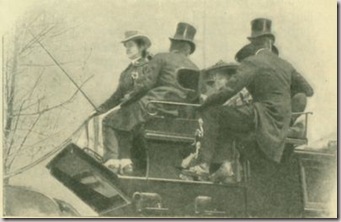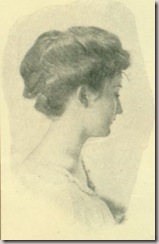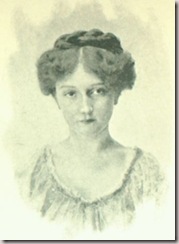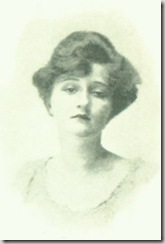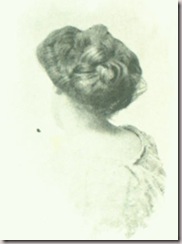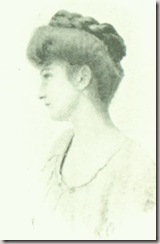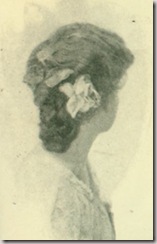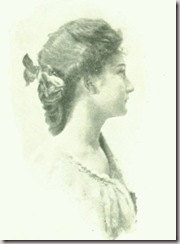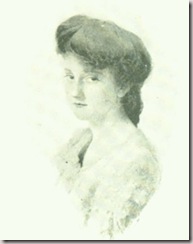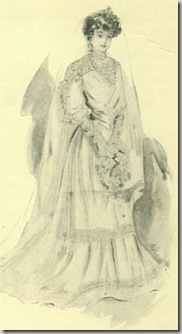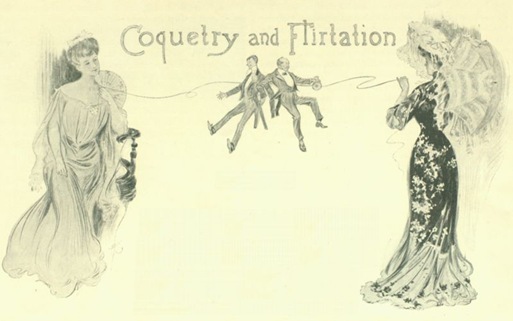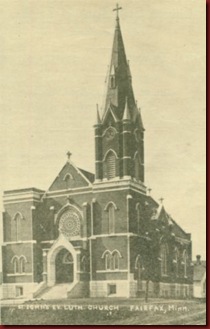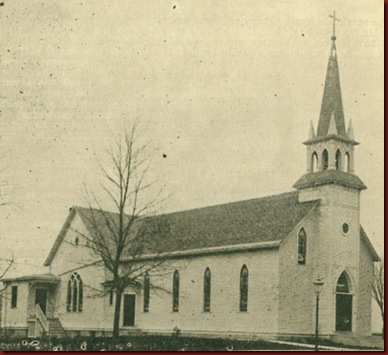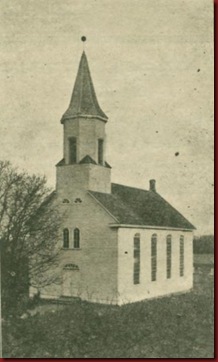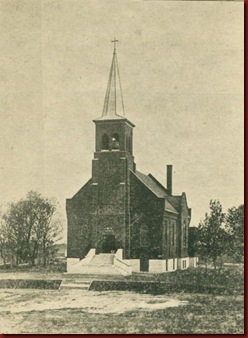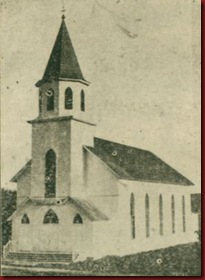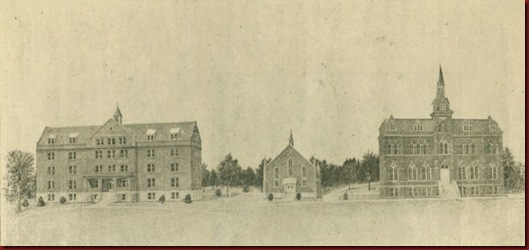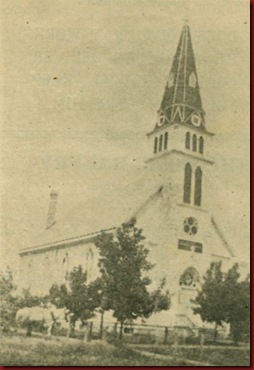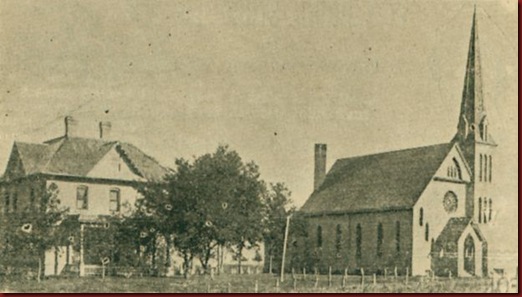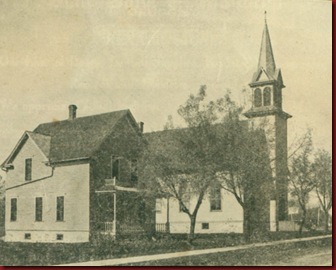An article from “The Twentieth Century Home”, written by Paul Thompson, it appeared in the May 1905 issue, page 15.
Miss Angelica Gerry, of New York, Driving Four-in-Hand
While there are many sports that claim a greater number or obtains a greater hold on its followers than tooling a coach. These are necessarily limited, whether they be men or women, because of the very great expense that is entailed in owning and maintaining a four-in-hand. Despite this fact, and seemingly to keep pace with the increase in the wealth that each year witnesses in this country, there is a constantly growing number of society women who drive their own four-in-hands, or, having acquired the necessary knowledge, and possessing the good will of their more fortunate neighbors, operate the coaches of others. This Is particularly true in New York, where women whips— in other words, those who can and do drive fours have demonstrated by their increasing number and devotion to the sport that this is no mere fad, but a phase of sport that has come to stay. The present year will mark the fourth anniversary of the organization of the Ladies' Four-in-Hand Club of New York City.
While New York women have been particularly prominent in taking up this sport. It has by no means been limited to that section of the country. As a matter of fact, there always have been more or less followers of the sport throughout the country, this being particularly true of the West and of the South, where women are much more accustomed to handling horses than in the East. The old stage-coach of the far West comes at once to mind as an indication of the possibility of four-in-hand driving, but it has not been until comparatively recent years that women have taken their place on the boxes and seized the reins that were formerly held only by men. In the South, where people are so much devoted to the horse, and where his use is so much more common than in the Northern and the Eastern parts of this country, it would naturally follow that he would be a far greater factor in many sports and would have an untold number of enthusiastic followers, whether the expression of their enthusiasm found vent in riding or in driving. Fine macadam roads, found in the East and central parts of the country, have been lacking in the South, and because of this and because the South's soft dirt roads furnish excellent means for travel by horseback, saddle-horses have naturally come to occupy a more prominent place in Southern life than anywhere else In the country. Yet the knowledge of horses possessed by Southern women has not been limited to their possibilities as mounts, for many Southern women have become excellent drivers of horses, either in single harness, in pairs or in fours, and many of these women who have journeyed North to become either temporary or permanent residents of Washington, Philadelphia or New York, have proved to be most adept at handling the reins over the backs of the most capricious and high-spirited quartets.
Miss Mary Harriman tooling a coach
Miss Florence McK. Twombly and Four-in-Hand
The opportunities for four-in-hand driving in the vicinity of New York are very great, for the surrounding country has been for many years the natural field of endeavor for drivers of all kinds. On Long Island the roads are so good that every opportunity is given to make four-in-hand driving most attractive and interesting. At many of the meets during the hunting-season, whether it be at Meadowbrook or Rockaway Hunts or other clubs, a well-appointed four-in-hand, driven by a woman, is a not unusual sight. Mention here should be made of Miss Gulliver, who often drives a four-in-hand during the summer months from New York city as far as Southampton, a distant of about one hundred miles, partly over very poor roads.
 Parade of the Ladies’ Four-in-Hand Driving Club, Central Park, New York
Parade of the Ladies’ Four-in-Hand Driving Club, Central Park, New York Most prominent in the sport of four-in-hand driving, because of their social position and the prominence given their annual meetings, is an organization whose existence has been
referred to earlier in this article, namely, the Ladies' Four-in-Hand Driving Club, most of whose members live in or near New York. The parade of the club, which is held each year in May, is a most picturesque affair. From nine to twelve, or even fifteen, women whips usually participate, each one driving her own coach, or managing the four-in-hand that some relative or friend is the owner of at any rate, demonstrating conclusively her ability to drive. Mrs. Thomas Hastings, who has been president of the club since its inception, has been unfailing in her efforts to advance the sport and further its interest.
The formation of the club is possessed of a certain amount of interest, being, like so many other things of its kind, purely the result of an accident. Mrs. Hastings and Mrs. Iselin, who was then Miss Eleanor Jay, were watching the annual turn-out of the regular Coaching Club in 1901, and commenting on the poor showing made by the members. "I'll wager we can make a better showing than that ourselves," said Mrs. Hastings, and Miss Jay agreed with her. They counted up the number of coaches owned by women drivers, and found that they could indeed make a very respectable showing. That same year the Ladies' Four-in-Hand Driving Club was organized, and in May, 1902, the parade of the club was held, since which time the organization has gained steadily in strength and has made a most effective sort of showing in its annual parade. The object of the club primarily is to encourage four-in-hand driving among the women of America, and none except a woman able to drive a four-in-hand is eligible for membership. It is stipulated in the by-laws and constitution of the organization that the president must lead all drives, while the vice-president must always bring up the rear. The club membership is limited to thirty, and one adverse vote suffices to throw out an application. While they are most in evidence in their annual parades, the numbers of the club are continually driving their own coaches throughout the coaching-season, and are, in many instances, as familiar a sight on the roads in and near New York as some of the better-known men whips.
Mrs. Thomas Hastings, President of the Ladies’ Four-in-Hand Driving Club of New York.
